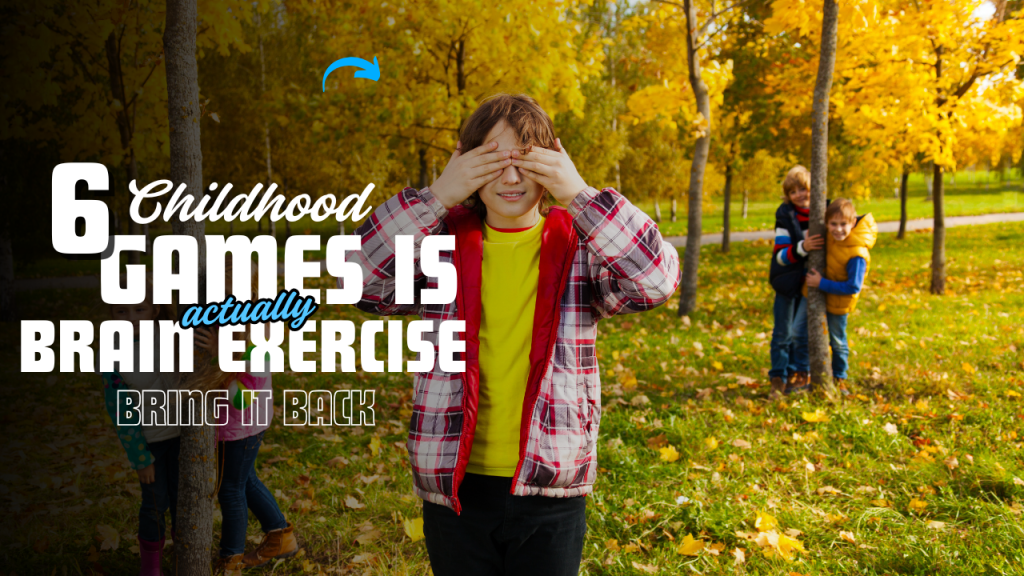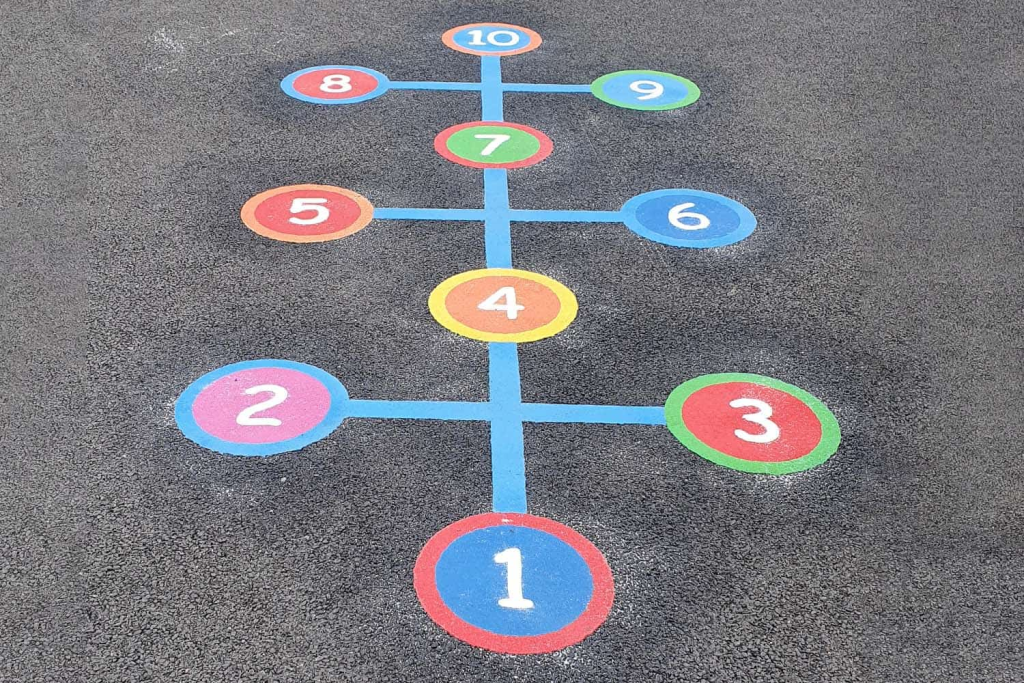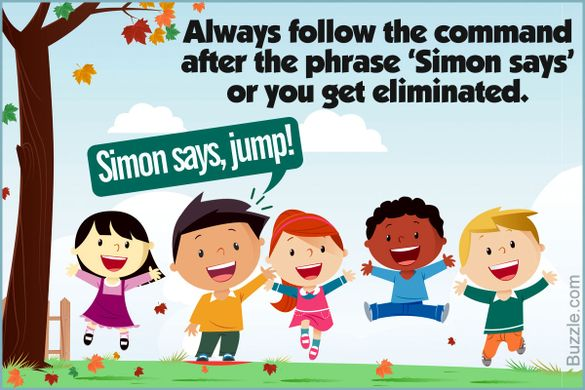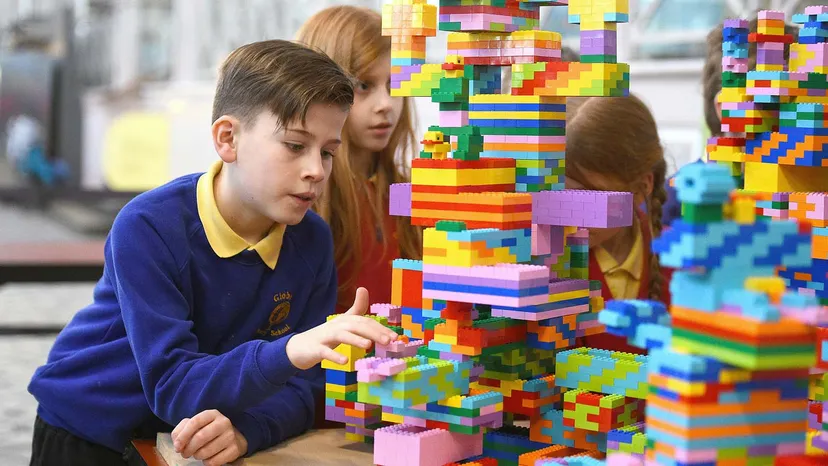Do you remember the thrill of playing hopscotch, tag, or jumping rope as a child? What if we told you that these childhood games aren’t just fun—they’re actually exercises for the brain?
As we grow older, many of the simple games we enjoy as kids are pushed to the back of our minds. We’re caught up in busy schedules, digital distractions, and the pressures of adult life. But what if bringing back those playful activities could not only improve our mood but also boost our cognitive abilities? It turns out that childhood games are much more than just pastimes. In fact, they offer a surprising range of benefits for brain health.

The Science Behind Childhood Games and Brain Development
When we play childhood games, we’re not just exercising our bodies—we’re also engaging our brains. These games help enhance key cognitive functions like memory, attention, coordination, and problem-solving skills.
In the process, they can stimulate neural connections and boost brain plasticity, which is the brain’s ability to adapt and reorganize itself.
Take hopscotch, for example. This simple game of jumping from one square to another isn’t just great for physical coordination; it requires children to remember the sequence of numbers, follow directions, and make quick decisions. These mental exercises help with spatial awareness, memory recall, and concentration.
Did You Know? Playing Games Boosts Cognitive Function
Research has shown that engaging in physical activity, especially during childhood, plays a significant role in brain development. But the benefits aren’t just limited to children.
Adults who engage in playful activities or games can see improvements in their cognitive performance, too. Whether it’s a quick game of hide-and-seek or a memory game, these activities activate brain regions associated with attention and problem-solving.
Interestingly, a study published in the Journal of Experimental Psychology found that adults who engaged in playful activities showed better memory retention and quicker reaction times.
This suggests that the mental exercises we do in childhood can have long-lasting effects on our cognitive abilities.
Myth Busting: “Only Formal Learning Improves Intelligence”
One common myth is that formal education is the only way to boost intelligence and cognitive abilities. However, this is far from true.
Childhood games like Simon Says, tag, or even playing with building blocks promote critical thinking, creativity, and problem-solving skills—essential components of intelligence.
These activities also foster social skills, helping children (and adults) learn to communicate, collaborate, and strategize with others.
These skills play a significant role in emotional intelligence, which is just as important as traditional cognitive abilities in both personal and professional settings.
What Games to Bring Back?
Now that we know childhood games serve as brain exercises, which ones should you bring back into your life?

Hopscotch – Not just for kids! It challenges your balance, coordination, and memory while helping you concentrate on patterns and numbers.

Jump Rope – This cardio exercise is a fun way to improve coordination, timing, and focus. It’s a quick way to increase brain activity, as it requires concentration on timing and movement.

Simon Says – This simple game is all about listening, following directions, and paying attention to detail. It’s a great way to sharpen your focus and improve your ability to multitask.

Hide-and-Seek – A game that not only engages children physically but mentally too. It teaches spatial awareness and improves memory recall as players try to remember where others are hiding.

Building Blocks or Legos – Constructing with blocks helps improve spatial reasoning and creativity. It’s also a fantastic way to improve fine motor skills and focus.
More Childhood Games That Boost Brain Power
| Game Name | Brain Benefit |
|---|---|
| Red Light, Green Light | Enhances impulse control, listening skills, and reaction time. |
| Musical Chairs | Sharpens focus and promotes quick decision-making, and spatial awareness. |
| Memory Match (Card Game) | Improves short-term memory, pattern recognition, and concentration. |
| Jenga | Builds strategic thinking, fine motor skills, and patience. |
| Duck Duck Goose | Boosts alertness, body coordination, and social interaction. |
| Freeze Dance | Develops rhythm recognition, attention span, and movement control. |
| Follow the Leader | Encourages observation skills, sequencing, and motor planning. |
| Hot Potato | Trains hand-eye coordination and quick reflexes under pressure. |
| Charades | Promotes creativity, communication skills, and abstract thinking. |
| Twister | Enhances flexibility, focus, and spatial awareness. |
| Simon (Electronic Game) | Trains memory retention, pattern recognition, and auditory processing. |
| Paper Airplane Competitions | Improves design thinking, spatial reasoning, and creativity. |
| Hangman | Builds vocabulary, spelling, and logical deduction. |
| Tic-Tac-Toe | Encourages forward thinking and strategic planning. |
| Marbles | Supports hand precision, counting, and visual tracking. |
Many of these games can be played solo, in pairs, or in groups—making them ideal for classrooms, family nights, or even brain-boosting breaks at work.
What Happens After 30 Days of Playing Childhood Brain-Boosting Games?
| Day | Cognitive & Mental Changes You May Notice |
|---|---|
| Day 1–5 | Increased energy and focus; a noticeable boost in mood from playful movement. |
| Day 6–10 | Improved attention span and quicker decision-making during everyday tasks. |
| Day 11–15 | Sharper memory recall; easier time remembering names, tasks, or directions. |
| Day 16–20 | Enhanced coordination and multitasking; feeling more mentally agile. |
| Day 21–25 | Better emotional regulation; reduced stress and anxiety levels. |
| Day 26–30 | Strengthened brain connectivity, better problem-solving skills, and mental clarity. |
Bonus: Many people also report feeling more connected to joy, creativity, and their inner child—bringing more balance and lightness to daily life.
The Cognitive Benefits Are Endless
Engaging in these simple, childhood games doesn’t just make us feel young again—it actively supports cognitive health. By incorporating them into our daily routines, we can foster mental flexibility, increase brain function, and reduce stress.
In a world that often values fast-paced, high-stakes activities, it’s refreshing to think that slowing down and playing a game can be a legitimate form of brain exercise.
The Best Part? It’s Fun!
Incorporating brain exercises into our daily lives doesn’t need to be a chore. Whether you’re playing a game with kids, engaging in group activities, or even playing solo, these activities offer a playful way to keep the mind sharp. The best part? It doesn’t feel like work—it feels like fun!
In Conclusion
So, next time you think about revisiting childhood games, don’t just see them as a nostalgic trip down memory lane. They’re actually a fantastic way to stimulate your brain and improve cognitive function. From boosting memory recall to improving coordination, these activities are the perfect combination of fun and mental exercise.
Perhaps it’s time we start bringing back these childhood games—not only for the joy they bring but also for the cognitive benefits they offer. Whether you’re jumping in a game of hopscotch or strategizing in a round of hide-and-seek, remember: you’re giving your brain a workout it will thank you for.
Frequently Asked Questions (FAQs)
Why are childhood games good for the brain?
Childhood games engage both the body and the brain, enhancing cognitive functions such as memory, problem-solving, concentration, and coordination. These games stimulate neural connections and promote brain plasticity, which helps with mental flexibility and cognitive development.
Can adults benefit from childhood games?
Absolutely! While childhood games are great for kids, adults can also experience cognitive benefits from them. Engaging in playful activities like hopscotch, jump rope, or even a game of Simon Says can improve memory retention, focus, and decision-making skills, while also boosting brain function and reducing stress.
How do games like hopscotch help the brain?
Hopscotch challenges your coordination, balance, and memory. Players need to remember the number sequence, follow specific rules, and maintain physical focus while jumping from one square to another. This combination of mental and physical engagement strengthens brain functions like spatial awareness and memory.
Are childhood games only beneficial for children?
While childhood games are great for children’s cognitive and social development, they’re also beneficial for adults. These games enhance cognitive abilities, promote mental health, and encourage problem-solving, making them ideal for people of all ages looking to keep their minds sharp and active.
Can playing childhood games reduce stress?
Yes! Playful activities can activate the brain’s reward system, releasing feel-good hormones like dopamine, which can help reduce stress. Engaging in light-hearted, enjoyable games allows individuals to take a mental break from daily pressures, providing a fun way to relax and recharge.
How often should I play these games to see benefits?
Consistency is key! Even engaging in these games for 10-15 minutes a few times a week can provide mental benefits. The more regularly you play, the more likely you’ll experience improvements in memory, focus, and brain function over time.
Do these games improve mental health?
Yes, childhood games can promote mental well-being by reducing anxiety, boosting mood, and enhancing social connections. Engaging in playful activities fosters relaxation and encourages positive thinking, which can help improve overall mental health.






Very good